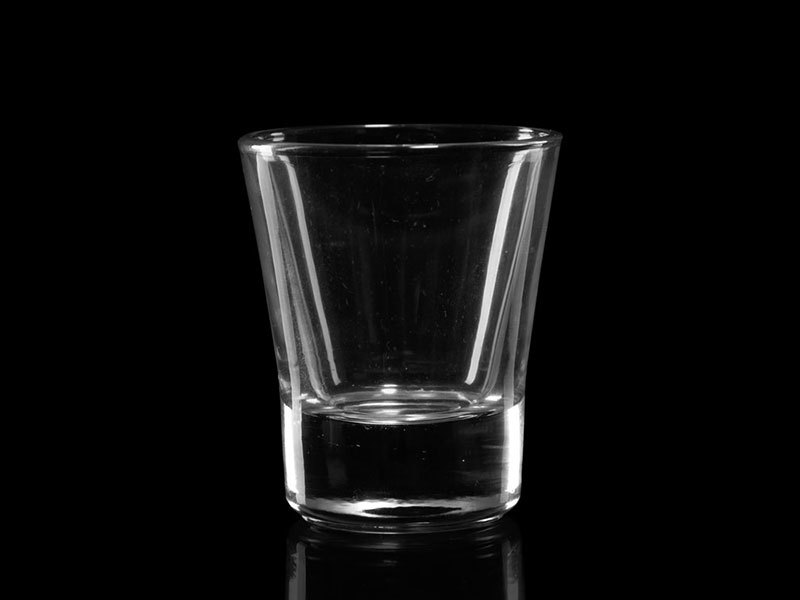
How do glasses look good or bad? It is suggested to observe these details more when purchasing glasses
2022-04-20
Compared with other materials, glasses are the healthiest and safest. However, for such healthy and safe glasses, there are great differences in the quality of products of different brands, which makes it difficult for consumers to choose. Which brand is better? What do you think of the glass?
flower receptacle
1. Observe whiteness
The requirements for whiteness of glass made of different materials are different. Among them, the requirements for exposed glass are no significant color.
2. Observe bubbles
Bubbles with a certain width and length are allowed to exist, but the number should not be too large, especially those that can be pierced with a steel needle. It is best not to buy this kind of glass.
3. Observe transparency
Glasses with different capacities have different requirements for transparency. If the transparency is more than 1 / 3 of the body, it is recommended not to buy such glasses.
4. Look at the cut print
The so-called shear mark refers to the stripe or centipede like shear mark. If its length is greater than 20-25mm, or its width is greater than 2.0, and there is more than one, which exceeds the bottom of the cup, or turns white and shiny, and exceeds 3mm, it is recommended not to buy it.
5. Observation impression
The cup body is a hidden print with record lines. Do not buy it if it is obvious at head up.
6. Observe the suction shrinkage of the cup body
To put it bluntly, this is whether the cup body is uneven. If it is obvious at head up, don't buy it.
7. Observe the rubbing and abrasion
Scuffing refers to the friction between the diameter of the glass and the glass, leaving traces of tarnish on the glass body. Do not buy those with obvious head up vision; The scratch refers to the scars left on the surface of the glass body by the collision between the glasses. Don't buy shiny ones.
8. Look at the roundness of the cup mouth
For example, if the difference between the maximum diameter and the minimum diameter of the roundness of the cup mouth is greater than 0.7-1.0mm, do not choose; For another example, don't choose the one whose height difference between the highest and lowest parts of the cup body is greater than 1.0-1.5mm; For another example, do not choose a cup with a thickness greater than 0.5-0.8mm.









